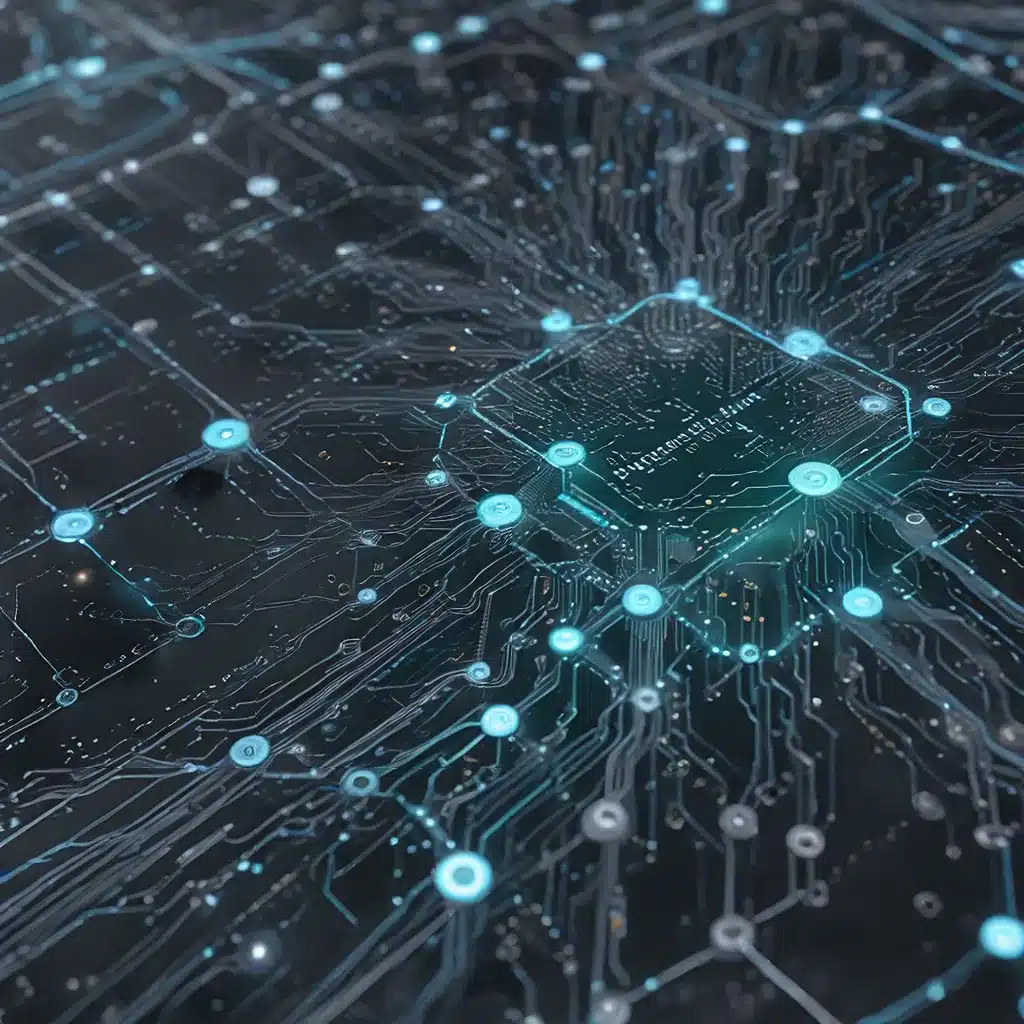
In the rapidly evolving landscape of sensor networks and Internet of Things (IoT) technologies, the ability to effectively calibrate and monitor sensor performance has become increasingly critical. As these systems become more complex and prevalent, industries across the board are seeking innovative solutions to streamline their sensor management processes, improve accuracy, and reduce operational costs.
One area that has garnered significant attention is the application of Artificial Intelligence (AI) and Machine Learning (ML) techniques to enhance sensor calibration and monitoring. By leveraging the power of data-driven algorithms, engineers and researchers are developing novel approaches that not only expedite the calibration process but also introduce greater flexibility, adaptability, and resilience to sensor networks.
Optimizing Sensor Calibration with AI and ML
Traditionally, the calibration of Micro-Electro-Mechanical Systems (MEMS)-based sensors, such as Inertial Measurement Units (IMUs), has relied on a sequential and uniform approach. This process involves a predetermined number of calibration steps, even though some sensors may reach the correct calibration value sooner than others. This inflexibility leads to an elongated calibration duration, which can significantly impact manufacturing efficiency and costs.
To address this challenge, researchers have explored the potential of AI and ML algorithms to streamline the calibration process. One notable study presented a novel quasi-parallelized calibration framework that leverages a supervised tree-based regression technique and statistical measures to dynamically identify and optimize the appropriate working point for each sensor. By utilizing both component-level and sensor-level measurement data, this AI-based solution was able to reduce the total calibration duration by 23%, leading to substantial cost savings in the manufacturing process.
Enhancing Sensor Monitoring with AI and ML
Alongside the advancements in calibration, the integration of AI and ML into sensor monitoring systems has also emerged as a key focus area. Recent research has demonstrated the potential of these technologies to accelerate the incorporation of calibration frameworks into production, ensuring prompt execution and enabling the identification of process modifications or data irregularities.
By incorporating statistical measures and model performance evaluations, these AI-powered monitoring systems can detect data distribution shifts and model performance degradation, triggering appropriate actions to maintain the integrity of the calibration process. This end-to-end monitoring approach not only guarantees the successful implementation of the calibration framework but also promotes a more agile and adaptable production process, ready to respond to dynamic changes in the manufacturing environment.
Addressing Challenges in Sensor Calibration and Monitoring
One of the primary challenges in the field of sensor calibration and monitoring is the complexity and variability inherent in MEMS-based sensor production. MEMS sensors often encounter a range of deterministic and random errors throughout the manufacturing process, including measurement errors, alignment errors, and quantization noise, which can significantly impact their performance.
To tackle these issues, the integration of AI and ML-based solutions has proven invaluable. By leveraging the data-driven decision-making capabilities of these technologies, researchers have developed robust frameworks that can adaptively identify and compensate for the various errors and anomalies that arise during sensor production.
Moreover, the flexibility and scalability of AI and ML algorithms have enabled the creation of end-to-end monitoring systems that can seamlessly integrate with existing manufacturing processes. These systems can detect and respond to changes in the sensor data, process modifications, or unexpected variations, ensuring the continued accuracy and reliability of the calibration process.
Unlocking the Potential of AI and ML in Sensor Networks
The advancements in AI and ML-powered sensor calibration and monitoring have far-reaching implications for the future of sensor networks and IoT. By streamlining the calibration process, manufacturers can not only reduce costs but also improve the overall quality and performance of their sensor products, meeting the growing demands of industries such as automotive, consumer electronics, and industrial automation.
Furthermore, the integration of robust monitoring systems ensures the continuous adaptation and optimization of sensor networks, enhancing their resilience and enabling a more proactive approach to maintenance and optimization. This, in turn, can lead to improved system reliability, energy efficiency, and reduced downtime, all of which are crucial factors in the successful deployment and operation of sensor networks in various real-world applications.
As the sensor network and IoT landscape continues to evolve, the strategic application of AI and ML technologies in calibration and monitoring will undoubtedly play a pivotal role in driving innovation, improving operational efficiency, and unlocking new possibilities for the integration of smart and connected sensor systems across a wide range of industries. By leveraging these powerful tools, organizations can stay ahead of the curve, delivering more accurate, reliable, and cost-effective sensor solutions to their customers.
Conclusion
The convergence of AI, ML, and sensor network technologies has opened up exciting new frontiers in the realm of intelligent sensor calibration and monitoring. By harnessing the power of data-driven algorithms, researchers and engineers are developing innovative solutions that not only streamline the calibration process but also introduce greater flexibility, adaptability, and resilience to sensor networks.
As the demand for high-precision, energy-efficient, and cost-effective sensor systems continues to rise, the integration of AI and ML-based approaches will be crucial in enabling the next generation of smart and connected sensor technologies. By embracing these advancements, organizations can unlock new levels of operational efficiency, improve product quality, and stay ahead of the curve in the rapidly evolving world of sensor networks and IoT.
To learn more about the latest developments and applications in this field, visit sensor-networks.org, a leading resource for industry professionals, researchers, and enthusiasts interested in the cutting-edge of sensor network technologies.